Home>Gardening & Outdoor>Landscaping Ideas>What Eats Red Oat Grass
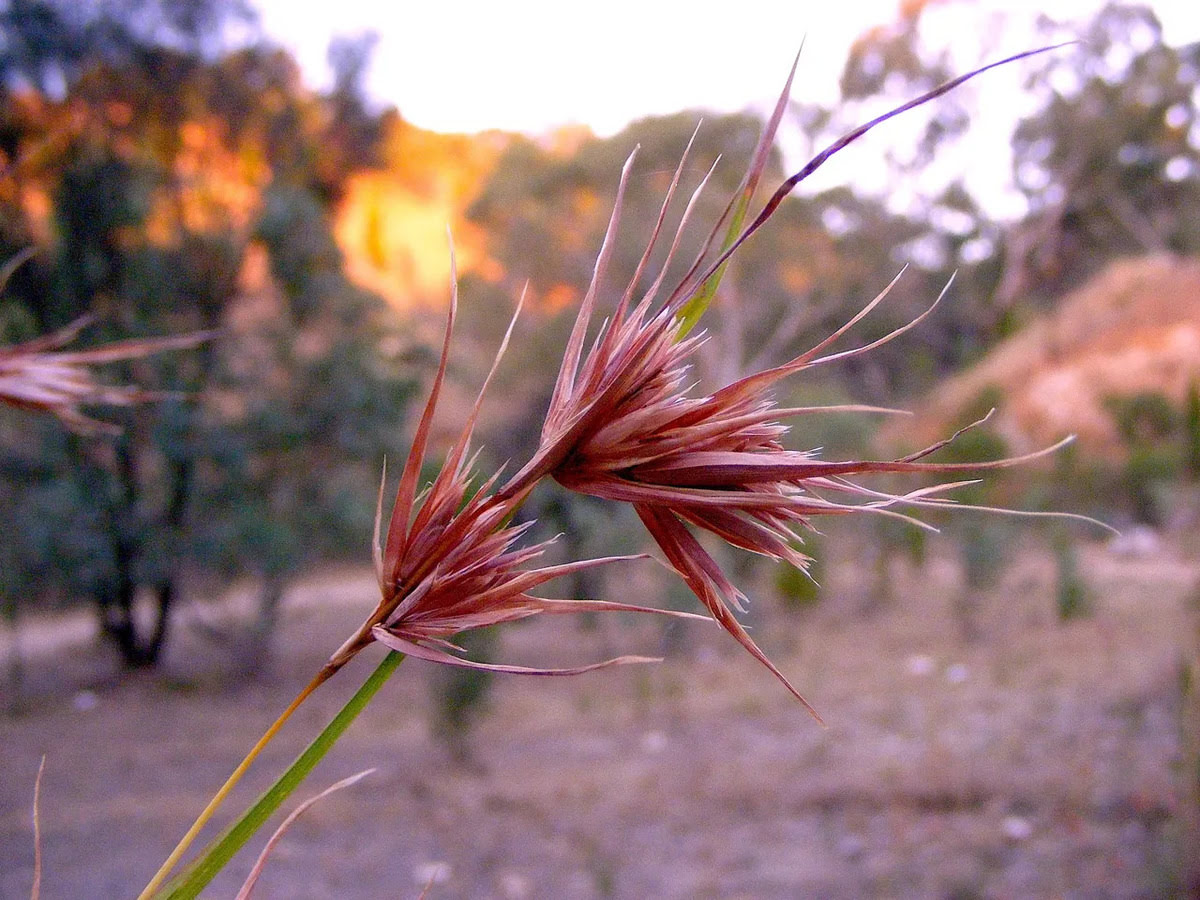

Landscaping Ideas
What Eats Red Oat Grass
Published: January 26, 2024
Discover effective landscaping ideas for incorporating red oat grass into your outdoor space. Learn what eats red oat grass and how to maintain a thriving garden.
(Many of the links in this article redirect to a specific reviewed product. Your purchase of these products through affiliate links helps to generate commission for Storables.com, at no extra cost. Learn more)
Introduction
Welcome to the fascinating world of red oat grass and the intricate web of life that revolves around it. Red oat grass, scientifically known as Themeda triandra, is a striking perennial grass species that forms an integral part of various ecosystems. Its vibrant red hue and graceful swaying in the wind make it a captivating sight in grasslands and open woodlands.
As with any plant species, red oat grass serves as a crucial component of the food chain, providing sustenance for a diverse array of organisms. In this article, we will delve into the intriguing realm of red oat grass and explore the various creatures that rely on it as a source of nourishment. From herbivores to insects, birds, and mammals, we will uncover the intricate tapestry of interactions that highlight the significance of red oat grass in supporting life within its ecosystem.
Key Takeaways:
- Red oat grass is a vital food source for animals like zebras, butterflies, and birds, shaping the landscape and supporting a diverse ecosystem in the grasslands.
- The vibrant red oat grass provides shelter and food for a variety of creatures, from insects to mammals, creating a rich and interconnected web of life in the grassland ecosystem.
Read more: What Eats Grass
Herbivores
Red oat grass, with its nutrient-rich blades and seeds, is a delectable treat for a variety of herbivorous animals. Grazers such as zebras, wildebeests, and antelopes are particularly fond of this grass species. Their grazing activities not only shape the landscape but also play a pivotal role in the dispersal of red oat grass seeds, contributing to its propagation within the ecosystem.
Furthermore, various herbivorous insects, such as grasshoppers and caterpillars, feed on the tender foliage of red oat grass. Their consumption of the grass not only sustains their own existence but also serves as a vital link in the food chain, providing nourishment for predators further up the ecological hierarchy.
Additionally, smaller herbivores like rabbits and rodents play a part in the consumption of red oat grass. Their nibbling activities not only influence the growth patterns of the grass but also contribute to the recycling of nutrients within the ecosystem.
Overall, the presence of herbivores in red oat grass habitats underscores the crucial role this plant plays in supporting a wide range of organisms, from insects to mammals, within its ecosystem.
Insects
Red oat grass provides sustenance for a diverse array of insects, playing a vital role in supporting insect populations within its ecosystem. From tiny aphids to vibrant butterflies, the grass serves as a crucial food source and habitat for numerous insect species.
One of the most notable insects associated with red oat grass is the skipper butterfly. The larvae of these butterflies feed on the grass blades, utilizing it as a primary food source during their developmental stages. This intricate relationship highlights the significance of red oat grass in providing a conducive environment for the completion of the skipper butterfly’s life cycle.
In addition to butterflies, various grasshopper species thrive on red oat grass, utilizing its nutritious foliage as a source of sustenance. Their presence contributes to the complex dynamics of the grassland ecosystem, where they serve as prey for larger insectivorous animals and birds.
Furthermore, the intricate structure of red oat grass provides refuge and sustenance for a myriad of tiny insects, including beetles, ants, and spiders. The dense foliage and seed heads offer shelter and breeding grounds for these smaller inhabitants, fostering a rich and diverse microcosm within the grassland environment.
Overall, the relationship between red oat grass and insects underscores the plant’s significance in supporting a thriving insect community, contributing to the overall biodiversity and ecological balance of its habitat.
Red oat grass is commonly eaten by herbivores such as cattle, sheep, and goats. It is also a food source for some species of birds and insects.
Birds
Red oat grass serves as a vital resource for a diverse array of bird species, offering sustenance, shelter, and nesting materials within its vibrant expanse. The seeds of red oat grass are particularly appealing to granivorous birds, such as finches, sparrows, and weavers. These avian visitors play a crucial role in the dispersal of the grass’s seeds, contributing to its propagation and the maintenance of healthy populations within the ecosystem.
Moreover, the dense and resilient structure of red oat grass provides an ideal habitat for ground-nesting birds such as quails and lapwings. The grass’s protective cover shields their nests from predators and the elements, offering a safe haven for the rearing of their young.
Additionally, insectivorous birds, including larks and pipits, frequent red oat grass habitats to forage for insects and invertebrates that thrive within the grassland ecosystem. Their presence underscores the interconnectedness of the various organisms that rely on red oat grass for sustenance and habitat.
Furthermore, larger avian predators such as hawks and eagles are drawn to red oat grass habitats due to the abundance of small mammals and birds that seek refuge within the grass. These raptors play a crucial role in regulating the populations of smaller animals, contributing to the overall ecological balance of the grassland ecosystem.
Overall, red oat grass serves as a cornerstone of the avian community, providing vital resources and a supportive environment for a diverse array of bird species within its ecosystem.
Mammals
Red oat grass sustains a variety of mammalian species, playing a pivotal role in the intricate tapestry of interactions within its ecosystem. Large herbivores such as zebras, wildebeests, and various antelope species rely on the grass as a primary food source, shaping the landscape through their grazing activities and contributing to the dispersal of red oat grass seeds.
Moreover, smaller herbivorous mammals, including rodents and rabbits, find nourishment and shelter within the expanse of red oat grass. Their foraging activities influence the growth patterns of the grass and contribute to the recycling of nutrients within the ecosystem, underscoring the interconnectedness of the various organisms that rely on red oat grass for sustenance.
Furthermore, red oat grass provides a conducive habitat for a diverse range of small mammals, including mice, shrews, and hedgehogs. The dense foliage and resilient structure of the grass offer protection and refuge for these creatures, fostering a rich and diverse microcosm within the grassland environment.
Additionally, predators such as foxes and jackals are drawn to red oat grass habitats due to the abundance of small mammals that seek refuge within the grass. Their presence contributes to the regulation of small mammal populations, playing a crucial role in maintaining the ecological balance of the grassland ecosystem.
Overall, red oat grass serves as a cornerstone of sustenance and habitat for a diverse array of mammalian species, highlighting its significance in supporting the rich biodiversity and ecological dynamics within its ecosystem.
Read more: What Eats The Grass
Conclusion
Red oat grass, with its vibrant presence and vital ecological role, stands as a linchpin in supporting a diverse array of organisms within its habitat. From herbivores to insects, birds, and mammals, the grass serves as a source of sustenance, shelter, and habitat, weaving a complex web of interactions that highlight its significance in the grassland ecosystem.
The presence of herbivores, from large grazers to small rodents, underscores the pivotal role of red oat grass as a primary food source, shaping the landscape and contributing to the propagation of the grass within its environment.
Furthermore, the intricate relationship between red oat grass and insects, from butterflies to grasshoppers, emphasizes the plant’s role in supporting a thriving insect community, contributing to the overall biodiversity and ecological balance of the grassland ecosystem.
Moreover, the grass provides vital resources for a diverse array of bird species, from granivorous birds to ground-nesting avians, offering sustenance, shelter, and nesting materials within its vibrant expanse.
Additionally, red oat grass sustains a variety of mammalian species, from large herbivores to small rodents and predators, playing a pivotal role in the intricate tapestry of interactions within its ecosystem.
In conclusion, red oat grass stands as a symbol of resilience and interconnectedness within the grassland ecosystem, supporting a rich tapestry of life and contributing to the ecological balance of its habitat. Its vibrant presence and vital ecological role make it a cornerstone of the intricate web of life that revolves around it.
Frequently Asked Questions about What Eats Red Oat Grass
Was this page helpful?
At Storables.com, we guarantee accurate and reliable information. Our content, validated by Expert Board Contributors, is crafted following stringent Editorial Policies. We're committed to providing you with well-researched, expert-backed insights for all your informational needs.
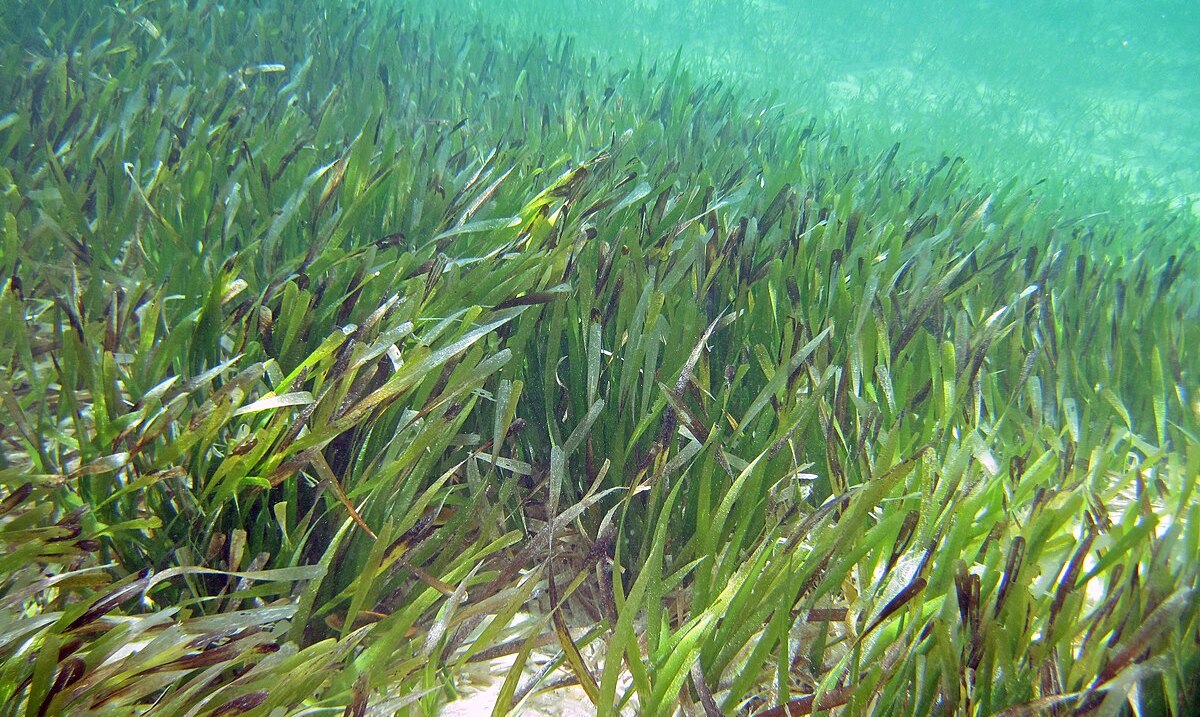
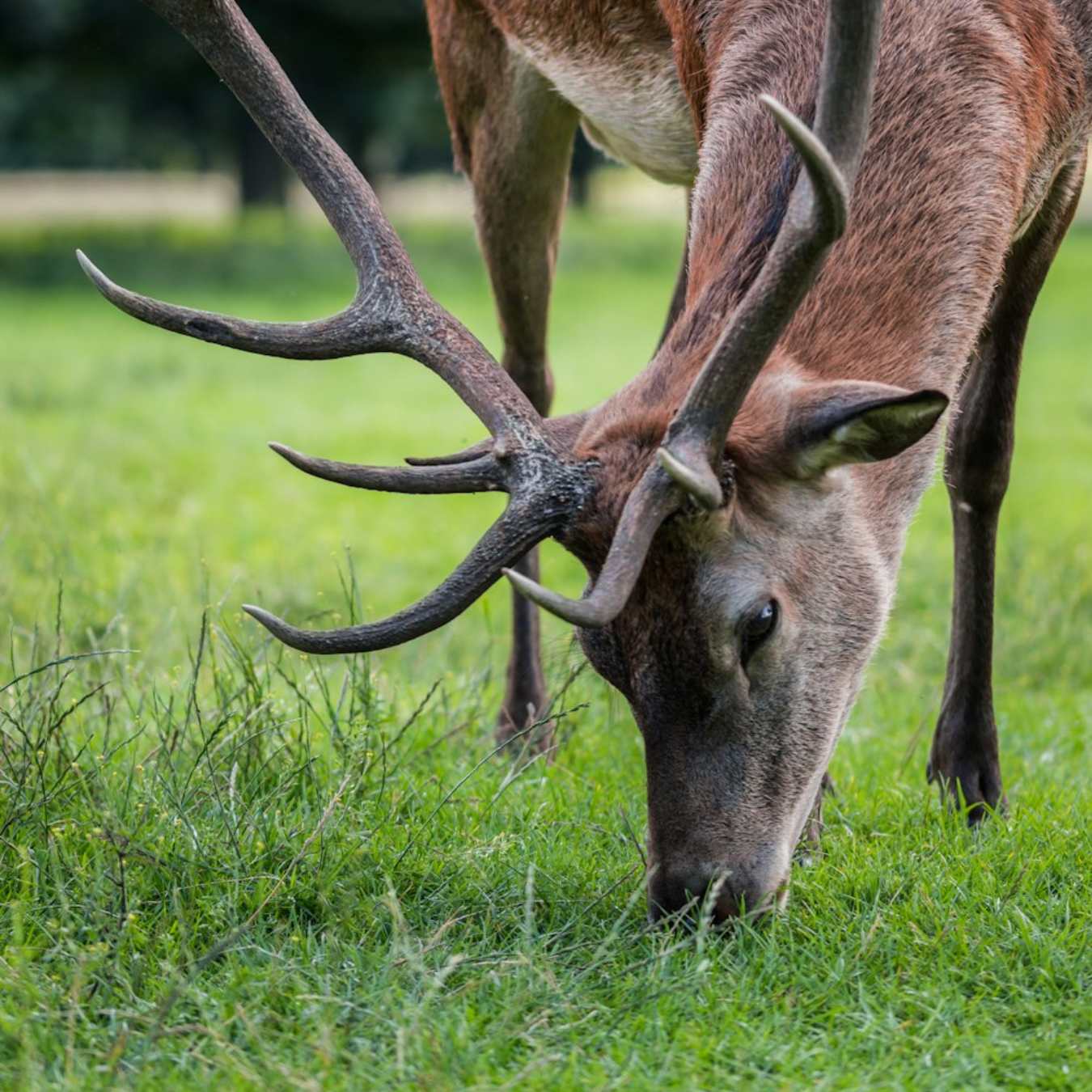
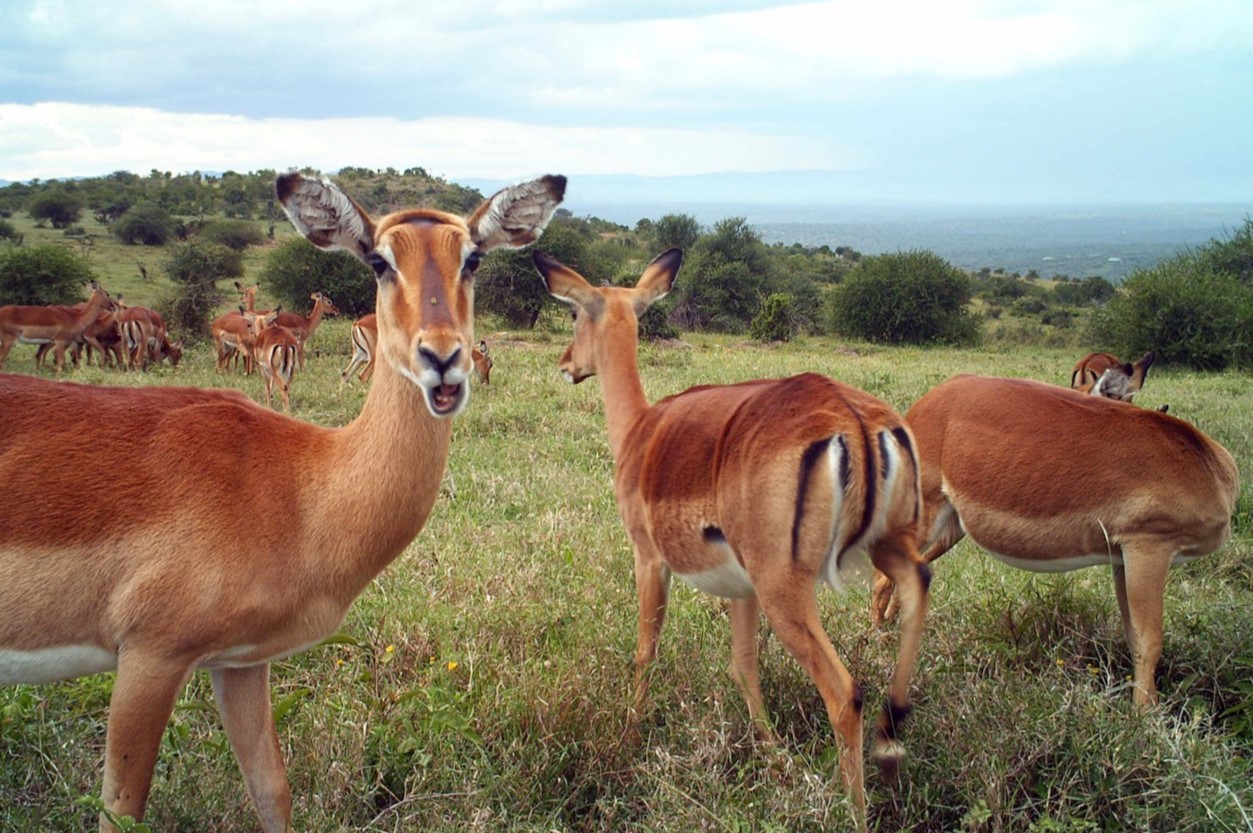
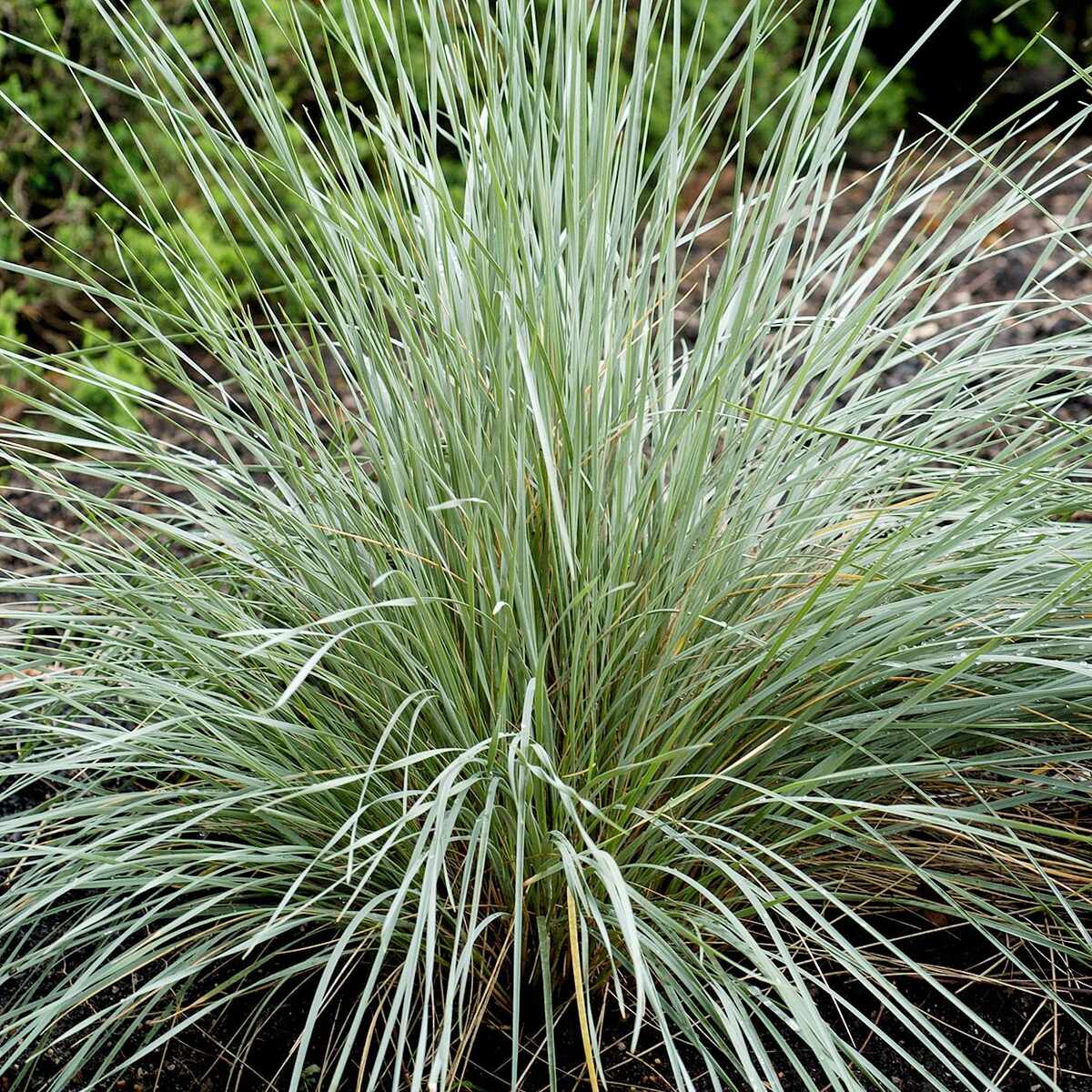
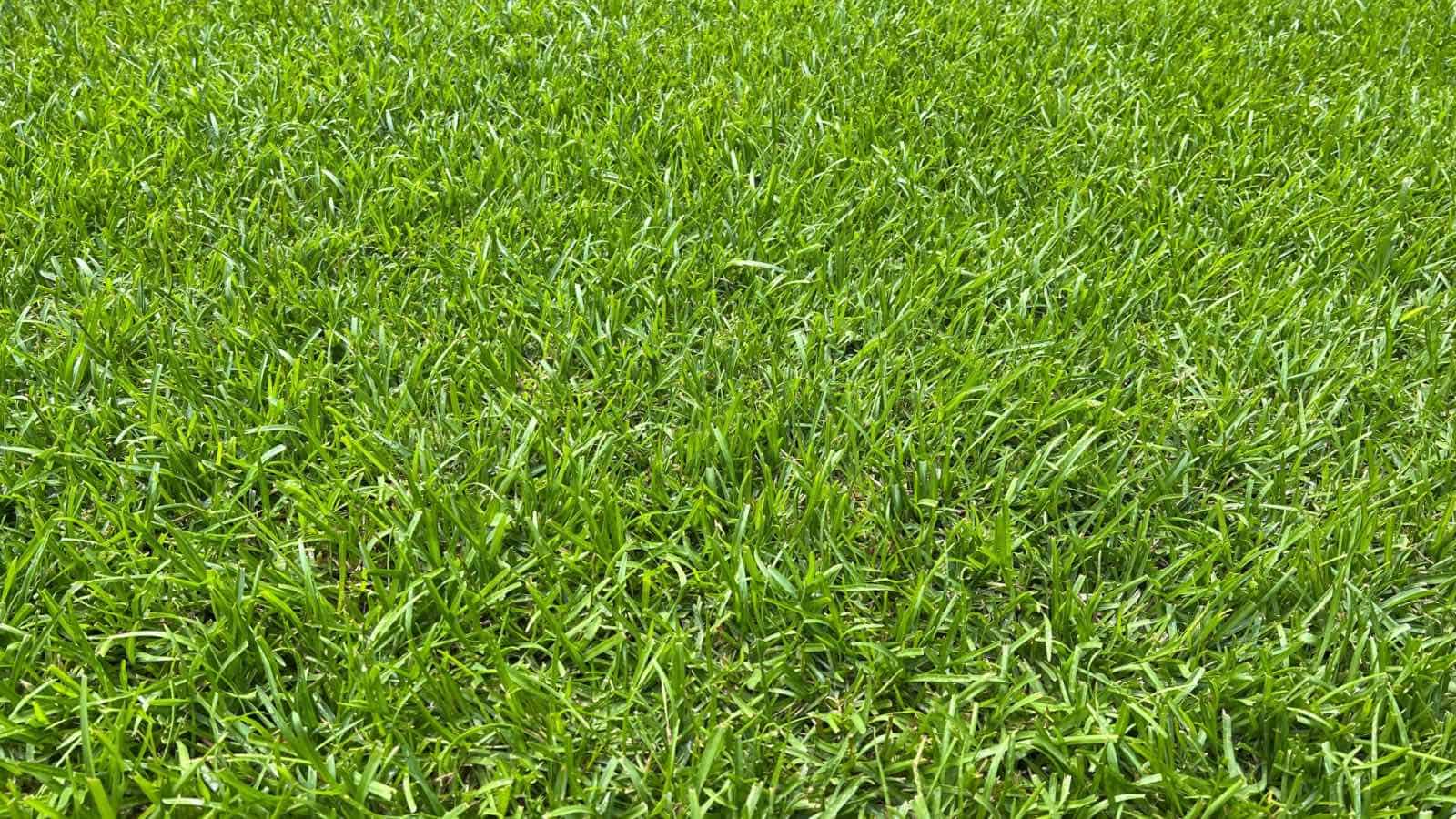
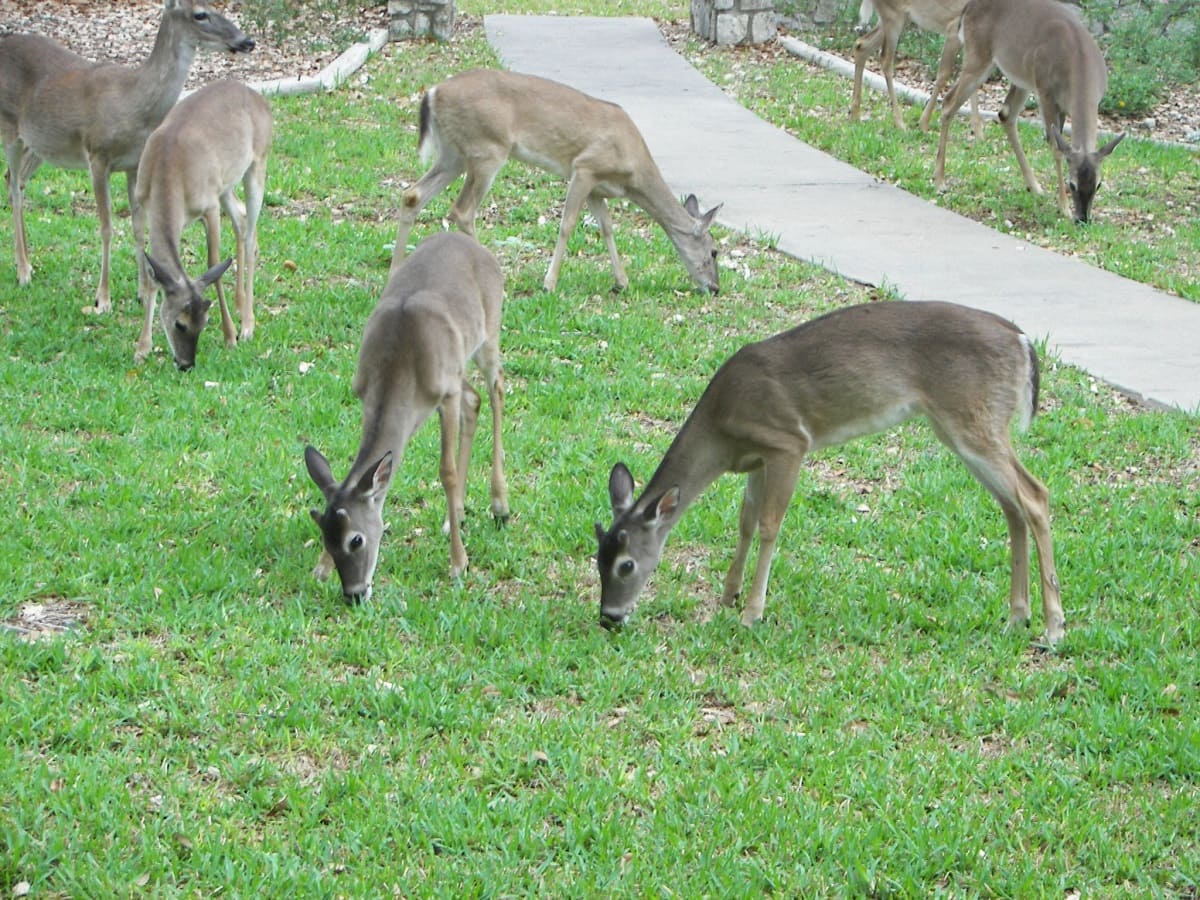
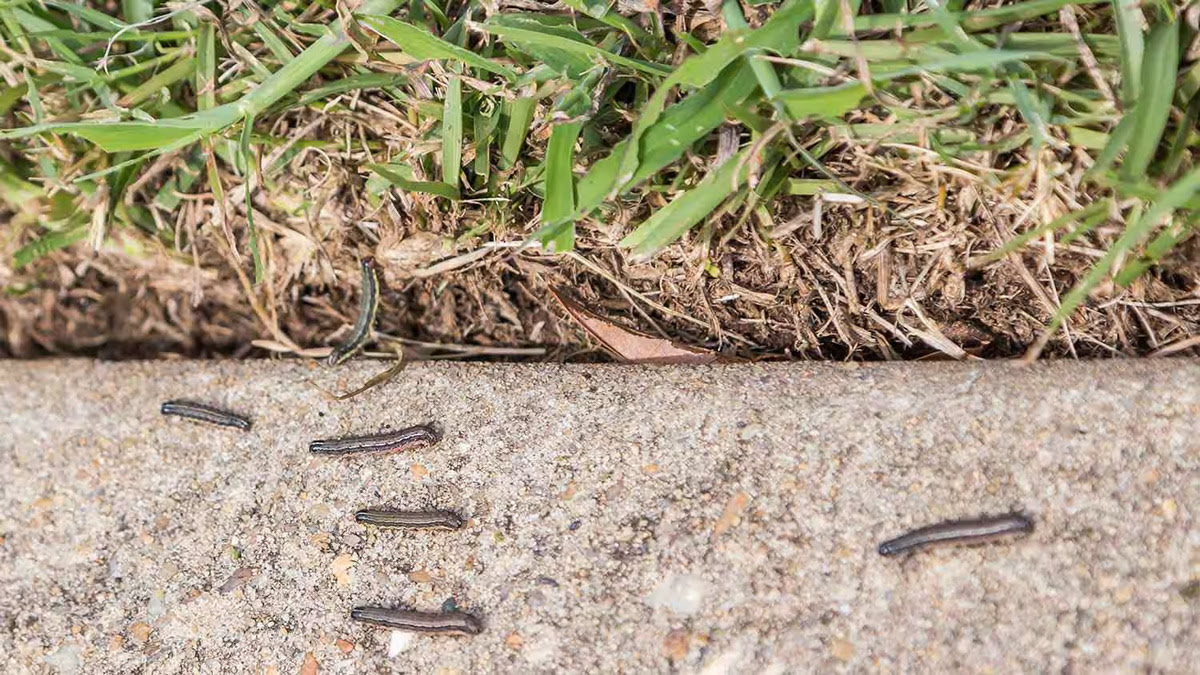
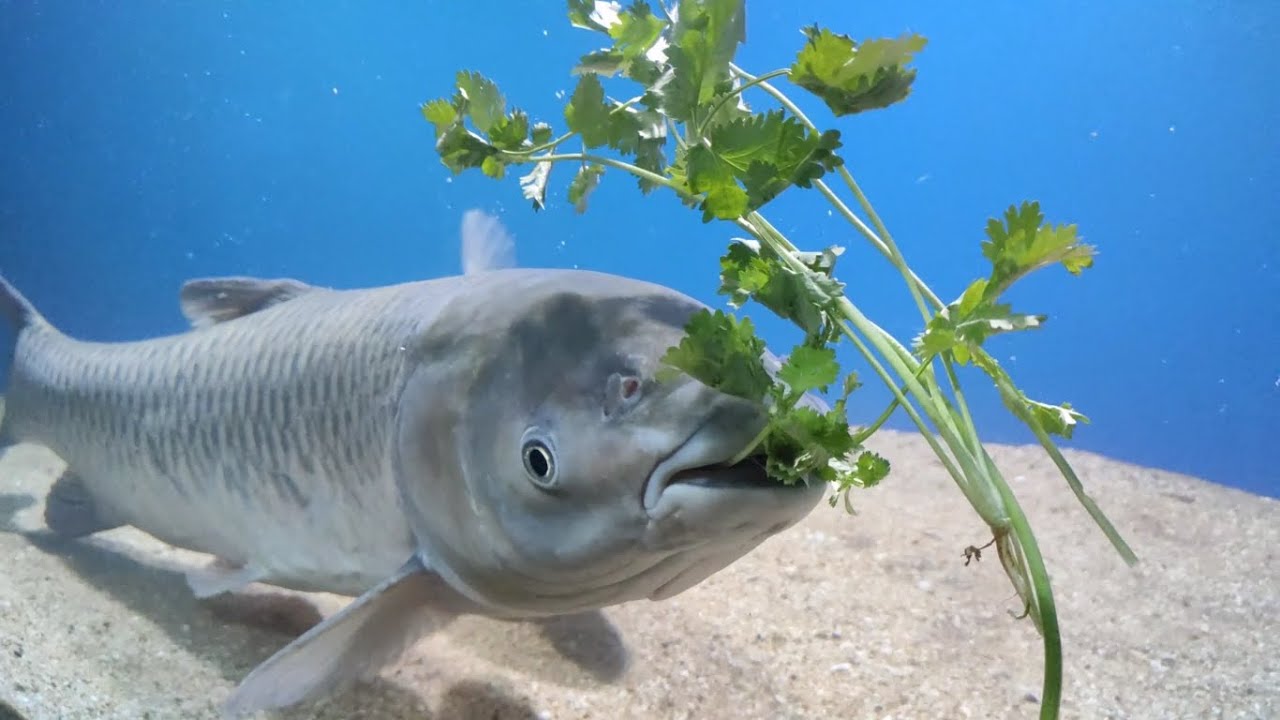
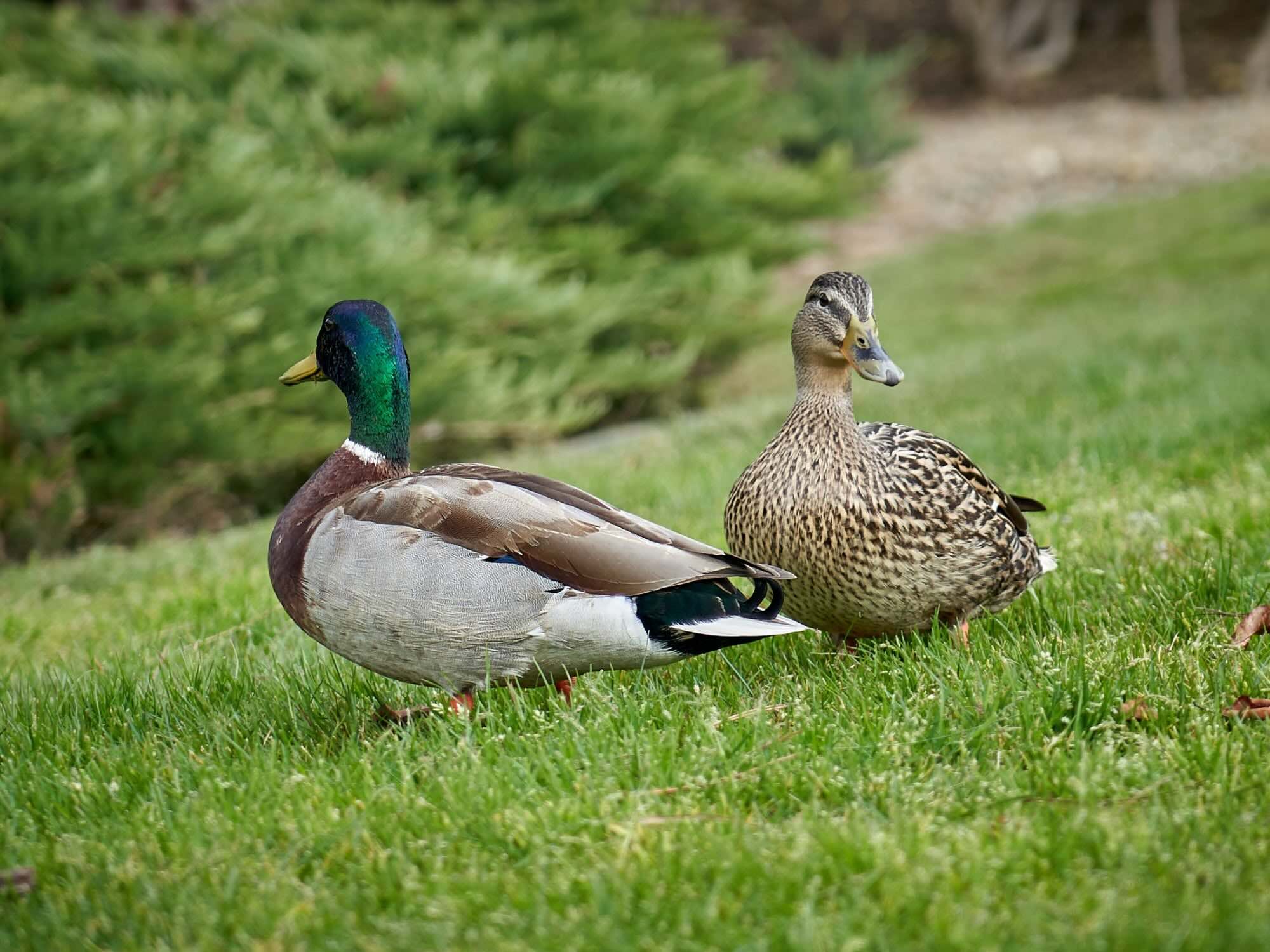
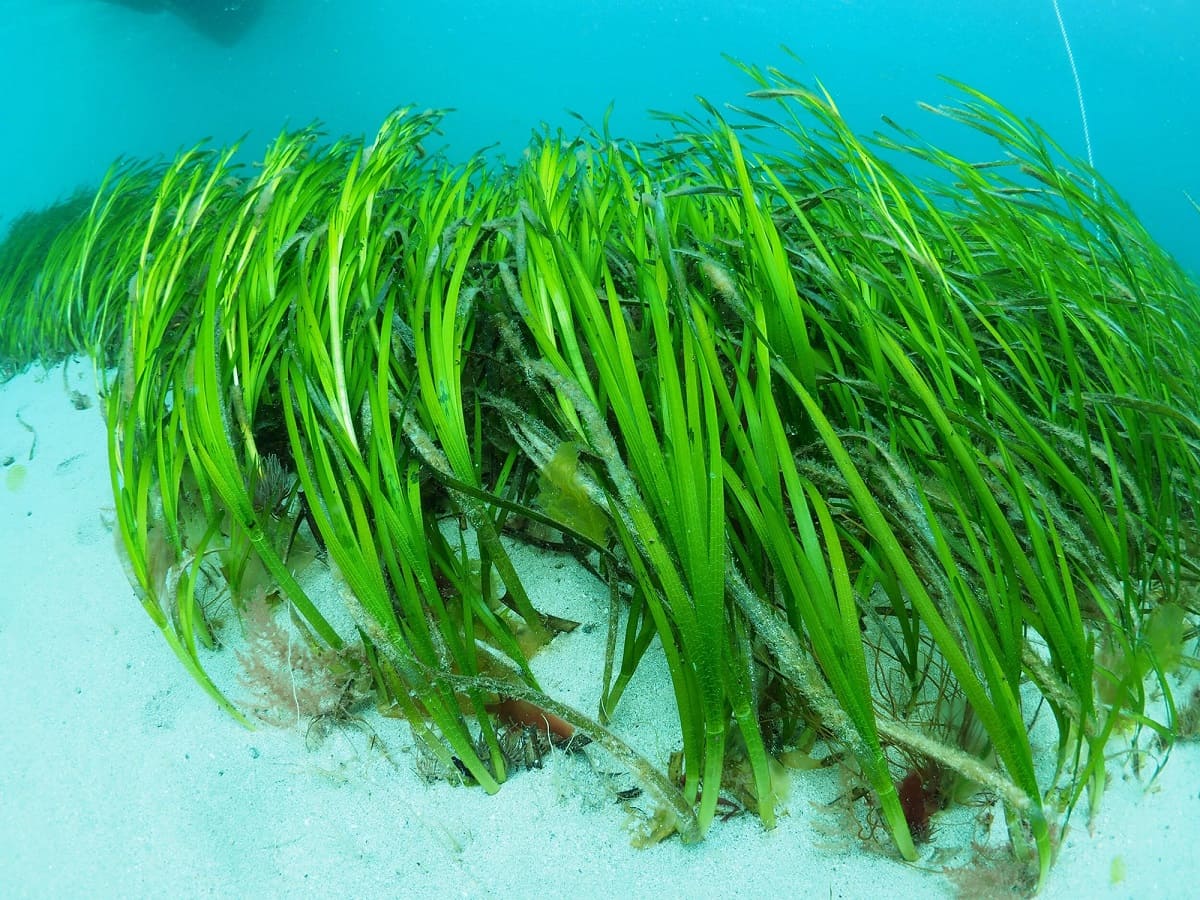
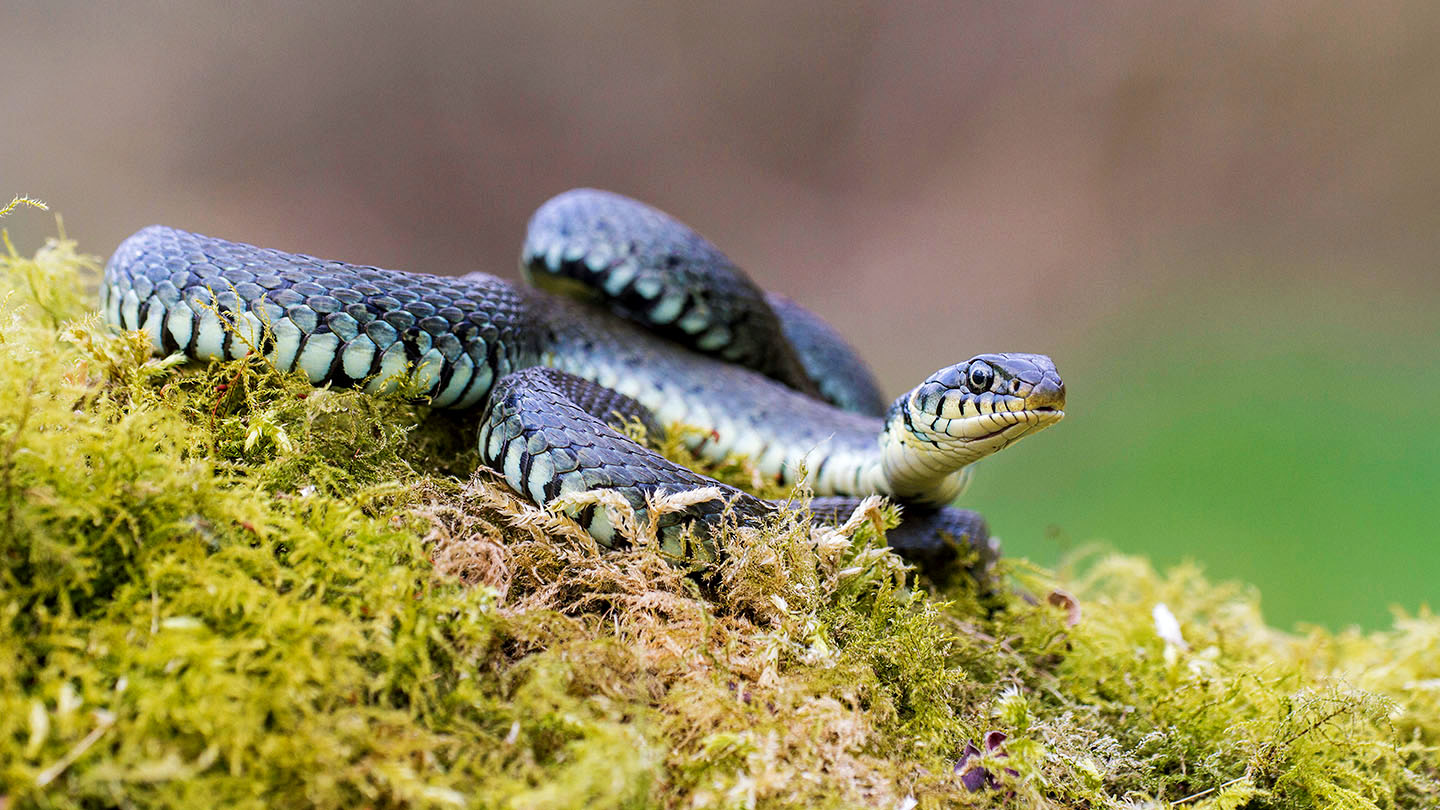
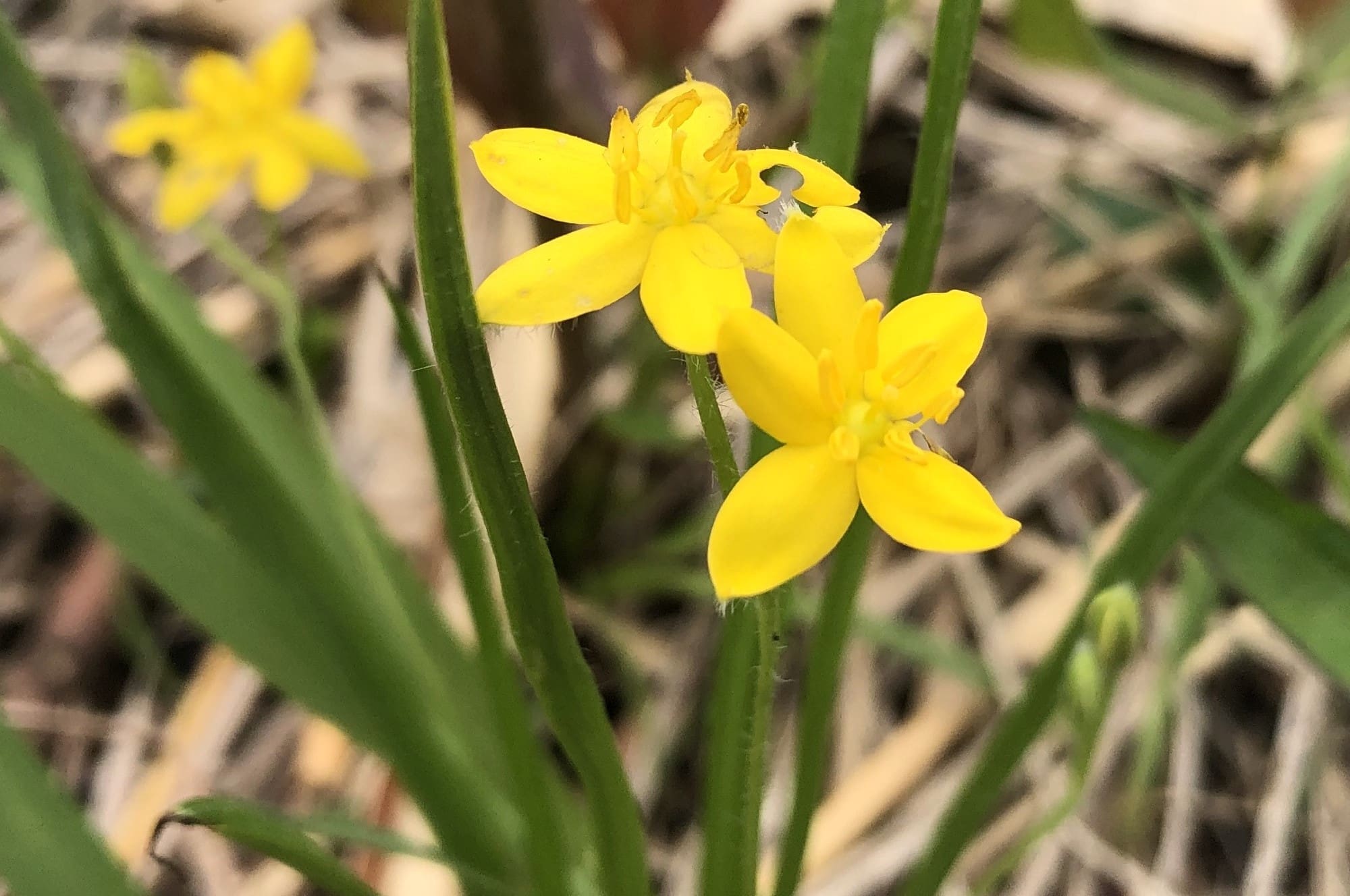
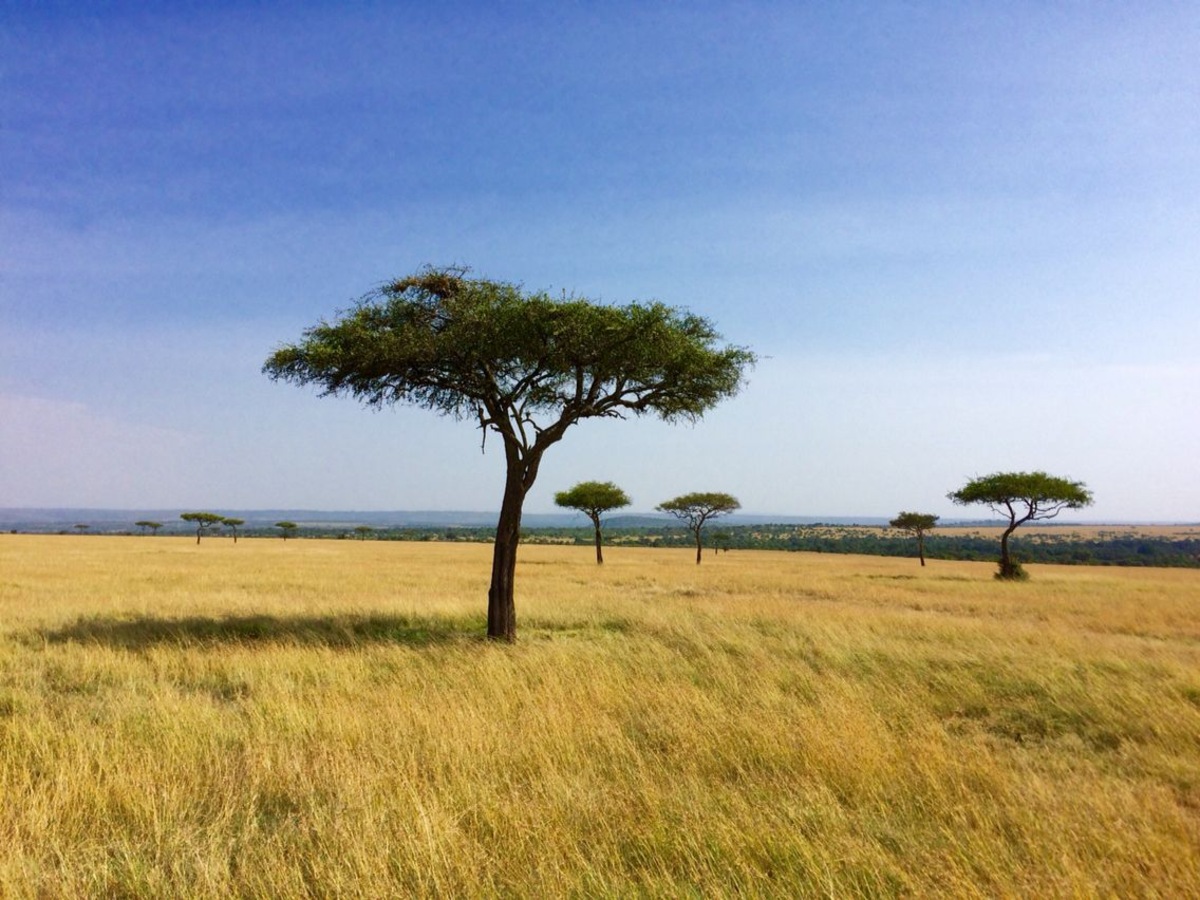
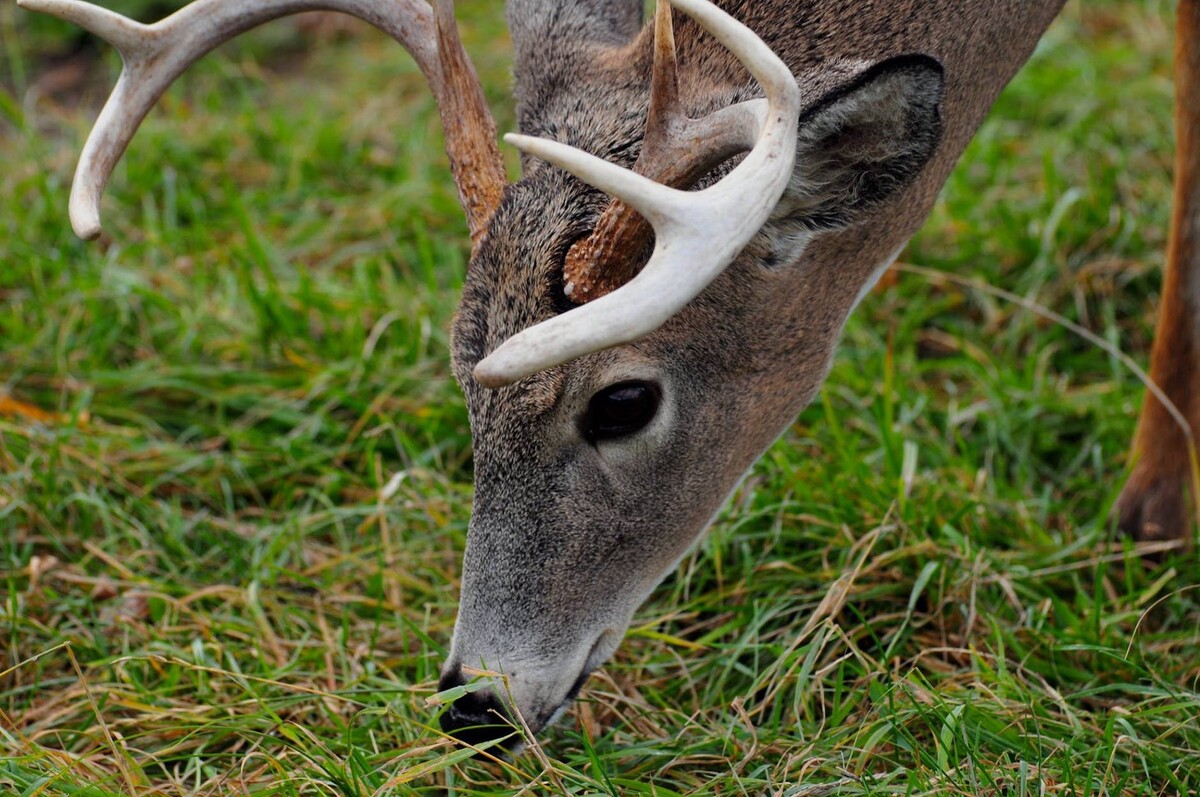

0 thoughts on “What Eats Red Oat Grass”